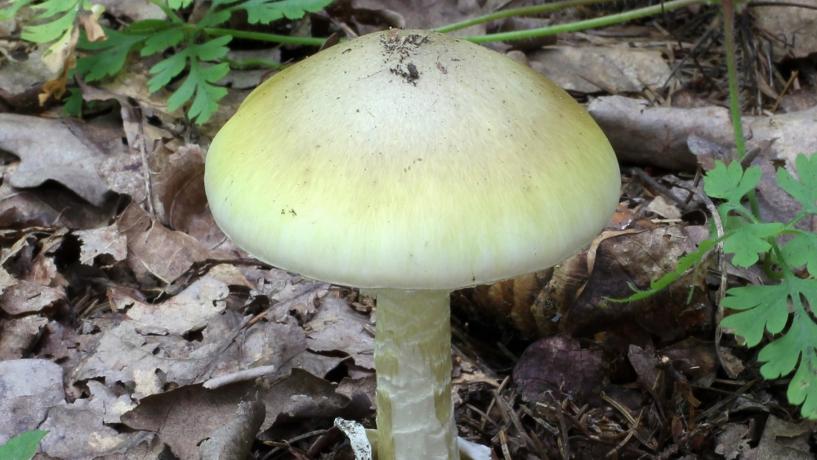
At least eight people in New South Wales (NSW) have been hospitalised after being poisoned by wild mushrooms, prompting a warning from authorities.
The Food Safety Information Council (FSIC) recently warned that poisonous mushrooms have been found growing in southern and western Australia — in the Canberra region, in and around Melbourne, in northern Tasmania and in Adelaide.
Five of the eight hospitalisations were the result of intentionally eating mushrooms foraged from fields. Foraging for wild food is becoming a popular activity but can pose a life-threatening risk.
“If not properly identified, mushrooms picked in the wild can make you very ill and could be lethal, so people should only eat shop-bought mushrooms,” said Genevieve Adamo, Co-head of the NSW Poisons Information Centre, in a recent statement. “Cooking or boiling wild mushrooms does not make them safe to eat.”
Recent rain across NSW has created perfect growing conditions for wild mushrooms, but it is difficult for most people to distinguish between edible and poisonous varieties. Adding to the confusion, some poisonous mushrooms in Australia look similar to edible wild mushrooms in Europe.
In 2018, the NSW Poisons Information Centre received 218 calls about wild mushroom exposure and 70 people were admitted to hospital with poisoning. Almost 40 calls were made to the centre in the first week of April alone.
Some wild mushrooms in Australia, such as the yellow stainer, are not lethal but can cause abdominal pain, vomiting and diarrhoea. The yellow stainer, which resembles a field mushroom, is the most commonly ingested poisonous mushroom in Victoria. The most lethal wild mushroom by far is the death cap mushroom.
The most lethal mushroom in the world
Death cap mushrooms are responsible for nine out of 10 deaths resulting from mushroom poisoning in Australia. While the latest string of poisonings was not caused by eating this lethal mushroom, Cathy Moir, Chair of FSIC, warns that people need to “be aware that the poison in one death cap mushroom, if eaten, is enough to kill a healthy adult.”
Death cap mushrooms are highly toxic, and are responsible for the majority of fatal mushroom poisonings worldwide. The toxin is not destroyed by peeling, cooking or drying and symptoms include vomiting, diarrhoea and stomach cramps, which may not present until 10 to 16 hours after eating.
Symptoms may appear to abate for two to three days before the terminal phase — which can last up to four days — begins. Without early medical intervention, the individual may go into a coma and die after two to three weeks of liver and kidney failure.
“Death cap mushrooms can appear any time of year but are more common during autumn, a week or two after good rains,” continues Moir. “They are not native to Australia and are often found near oak trees growing in warm wet weather. The similar marbled death cap mushrooms have also been recently found in [Western Australia], although they may not be as toxic.”
Moir advises anyone who suspects that they may have eaten a death cap mushroom to go to a hospital emergency department immediately. “Don’t wait for any symptoms to occur,” says Moir, “[and take] a sample of the mushroom with you if you can.” The Poisons Information Centre is also available 24 hours a day, 7 days a week.




